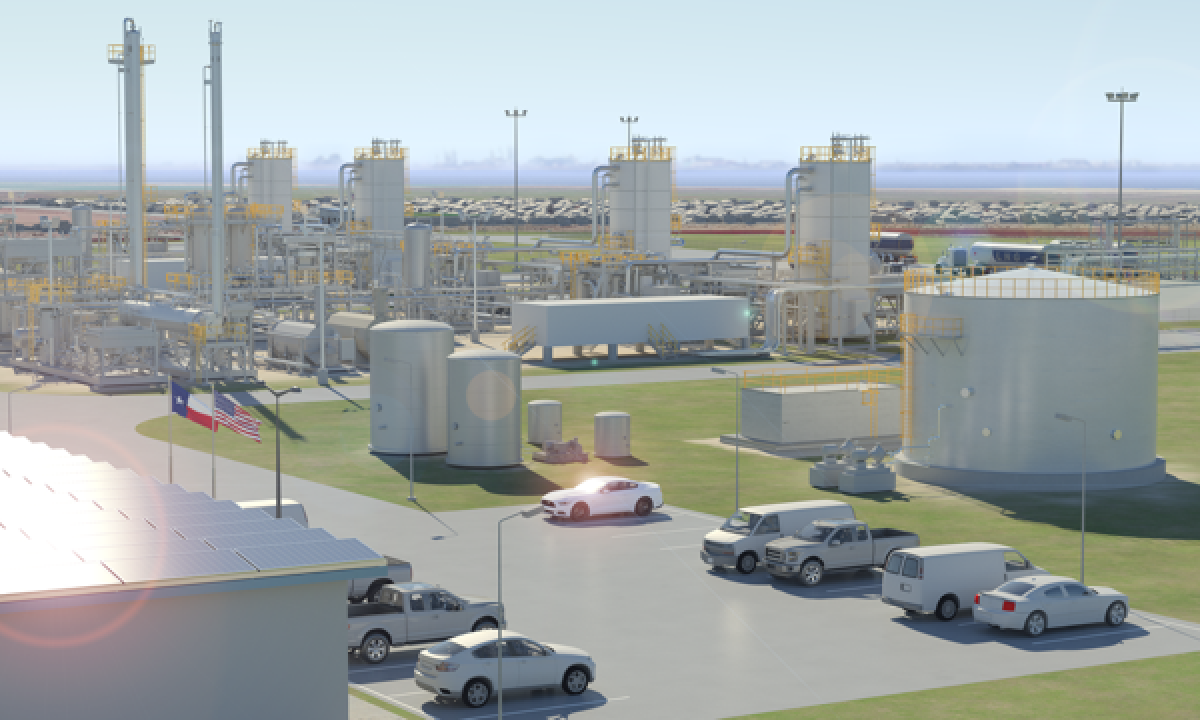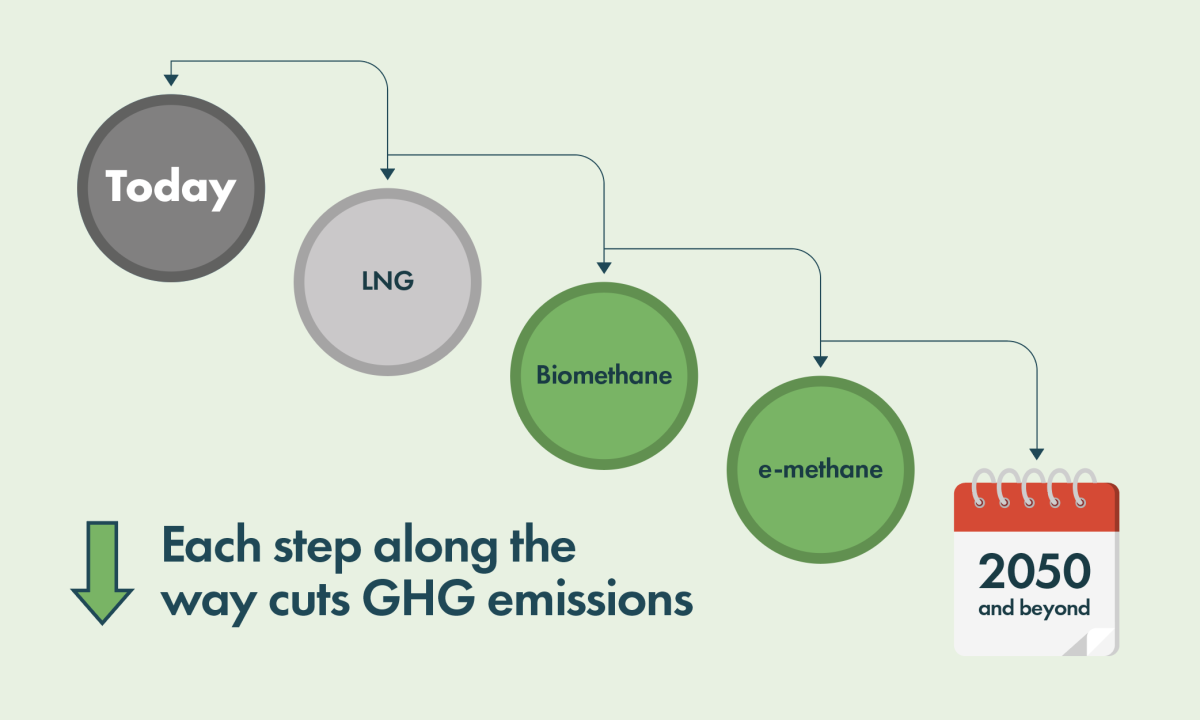2nd July 2021
UNDERSTANDING ENERGY DENSITY OF FUTURE FUELS COULD BE KEY TO CLEARER DECARBONISATION DECISION-MAKING

Just as like for like full lifecycle GHG comparisons of future fuels are essential, accurate comparisons of energy density are also vital
Greater understanding around the comparative pricing, vessel performance and procurement of marine fuels is required to avoid costly mistakes as companies plan their decarbonisation pathway.
Our announcement comes as we examine the individual capabilities and requirements of low emissions ‘future fuels’, including the impact that fuels’ energy density has on newbuild and retrofit investment decisions, on the size and cost of fuel storage systems, on available cargo and passenger space, vessel design, deadweight tonnage and on fuel purchasing for operators and owners.
The energy density of a fuel — measured in either volumetric energy density or gravimetric energy density — is frequently overlooked due to ‘legacy’ fuel comparison methodologies. This is where like-for-like comparisons based on unit volume or weight alone do not take a fuel’s real energy value property into account. With an influx of new fuels coming into the market, evaluating fuel performance and price by metric tonnes is no longer fit for purpose without the correct context. This is because the energy density of fuels will vary depending on their type and energy properties.
Volumetric energy density needs to be considered when looking at vessel investment decisions. The less storage space required for fuel means more space will be available for cargo. Looking ahead, when hydrogen-based fuels such as green synthetic LNG and green ammonia become available from renewable energy sources, volumetric energy density will be important to ensure owners maximize the performance and value of their vessel investments. The lower energy density will have an even bigger impact on vessel design, deadweight tonnage, cargo volume and passenger space.
Liquefied ammonia, for example, has approximately half the volumetric energy density of synthetic LNG and therefore requires twice the storage capacity. In addition, the size and cost of the storage systems is affected by factors such as insulation and containment for cryogenic liquids, containment pressure and critical safety requirements. This will likely mean less cargo capacity and the need to plan for variety of design implications.
Gravimetric energy density is how much energy a fuel contains in comparison to its mass. This measure is critical when comparing the energy costs of different fuels. When buying fuel, the transaction is really about buying energy to propel the ship and power any auxiliary operations. Understanding how much energy you are buying is therefore an essential component of the bunker transaction. LNG offers a lower energy cost compared with traditional marine fuels. When compared with VLSFO, LNG’s energy cost per metric ton starts with a 20% advantage because it contains 20% more energy per metric ton.
Wärtsilä’s John Hatley and Chair of SEA-LNG’s Investment Working Group said: “Understanding the different physical properties of current and future marine fuels is critical for the industry to make the right investment and fuel procurement choices. Getting it wrong will be costly. We need to understand and standardise the methodology now, so that the industry can start basing its fuel comparisons on a level baseline.”
Peter Keller, Chairman, SEA-LNG said: “We must be clear on how fuel composition, pricing and performance measures are calculated. Similar to the need for like for like comparisons when considering the full lifecycle analysis of future fuels, unless energy density comparisons are made accurately, we will continue to see a distorted picture. This can seriously skew vessel operating forecasts and is an obvious concern when considering newbuild and infrastructure investments. Ship owners and operators must have accurate and valid information to support shipping’s decarbonisation pathway.”
Understanding fuel performance is critical and will enable operators to make more informed decisions regarding pricing, value and ultimately their low carbon fuel procurement opportunities. To support this there are also credible sources of pricing information. For example, Platts monthly average prices can be found here on our website. This data is adjusted for energy content allowing one to see a cost comparison between Marine Gas Oil (MGO), Low Sulphur Fuel Oil (LSFO) and Heavy Fuel Oil (HFO).



